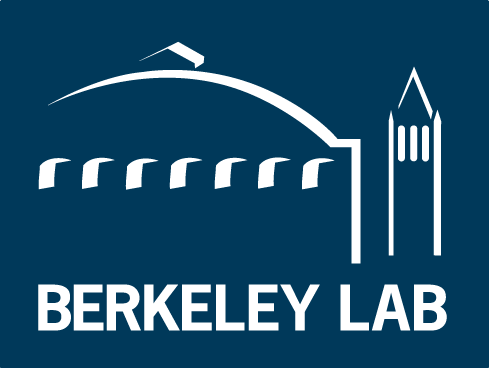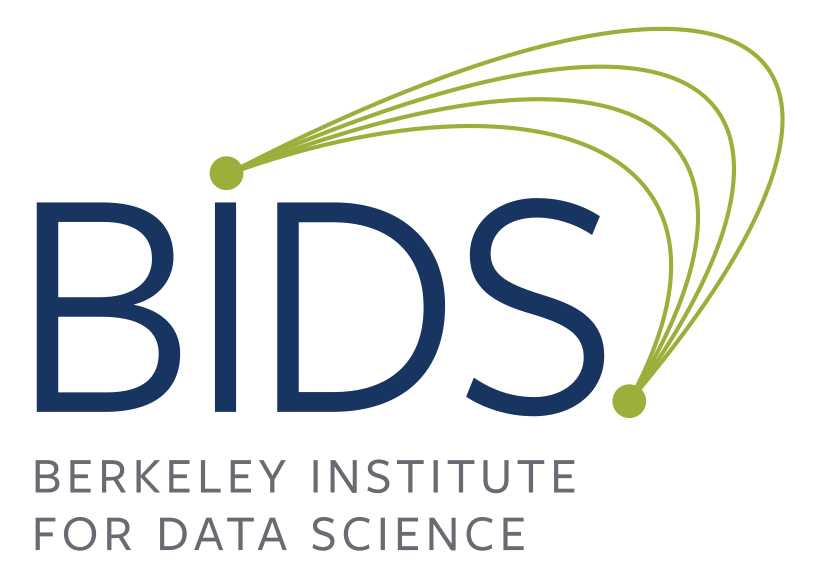Guido van Rossum at the Py4Science meeting¶
Quick links
- Video of the entire session. The talks cover the first 50 minutes, and Guido’s part starts at the 54 minute mark.
- A post on my blog with more details (all slides are here though).
- Guido also blogged his impressions.
- Blog posts by Jarrod Millman and Matthew Brett.
On November 4 2009, we had a special session of our informal Py4Science seminar series, where Guido van Rossum visited for an open discussion regarding the uses of the Python language in scientific research. On my blog I have already posted a longer narrative on this topic, the main purpose of this page is to hold links to the slides from all the presentations.
Keep in mind that these were extremely short, less than 4 minutes long in general (we covered 14 presentations in 50 minutes flat), so you may want to have a look at them in conjunction with the video of the session [1]. The rapid-fire sequence of ‘lightning talks’ covers the first part, and the open discussion with Guido starts at the 54 minute mark and lasts for one hour.
I presented both an overview of Python in scientific work, and also material from 4 other projects whose authors could not attend in person. I am very thankful to them for sending me their slides, and in advance I apologize for somewhat butchering their material, as I crammed both the general discussion and 4 sub-talks in a total of about 16 minutes.
The full list of presenters/slides for the lightning talks are:
- Fernando Perez: overview.
- [Presented by me] Andrew Straw:
Fruit Fly flight control. Note: this file
is a movie in
.aviformat, see my description in the main video (at 5m 30s). - [Presented by me] Perry Greenfield: Space Telescope Science Institute.
- [Presented by me] Enthought: the Enthought tools.
- [Presented by me] Prabhu Ramachandran’s FOSSE India project.
- William Stein: Sage: open source mathematics.
- Chris Burns: nipype: neuroimaging analysis.
- Ariel Rokem: nitime: time series in neuroscience.
- Brent Pedersen: bioinformatics. Note: The previous link points to a locally hosted copy of the slides; this is a static tarball.
- Josh Bloom: Real-time Classification of Massive Time-series Data Streams.
- Ondrej Certik: Sympy: symbolic computing.
- Wim Lavrijsen: High Energy Physics.
- Erin Carson and Armando Fox: PySKI.
- Bryan Catanzaro and Armando Fox: Copperhead.
Once we opened for general discussion, we took a quick hand vote based on these topics I’d listed as possible starting points, and we had about one hour of conversation with Guido. You should be able to get the gist of it from the video; fortunately even though the questions from the audience can’t be heard very well, they are short and Guido’s replies contain sufficient information to understand the context.
I am very happy with the overall result of this meeting, and I hope it’s only the start of a longer dialogue between the scientific community and the core developers of the language.
| [1] | Thanks to Jeff Teeters from the Redwood Institute, we have once again an excellent record of the session (Jeff has kindly taped all recent Py4Science meetings, and did a spectacular job with Kilian Koepsell taping the whole SciPy‘09 conference). |


